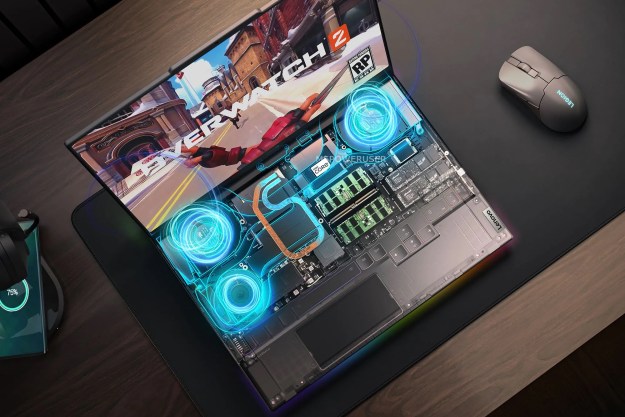High refresh rates are a gaming feature through and through. Refresh rates higher than 60Hz have become standard on gaming laptops and monitors, and I get it. By far, it makes the biggest difference in games.
But there’s no reason it needs to be a feature exclusive to gaming. It’s become a high-end feature on smartphones, but I’ve been waiting for it to finally break into the world of normal laptops.
Today is that day. At CES 2021, Lenovo has finally announced a pair of non-

Both of these laptops do come with a discrete GPU, so gaming will obviously benefit from the refresh rate as well. But honestly, I’d like to see these higher refresh panels come to
The way forward is clearly outlined in the way it has been rolled out on mobile devices. The 120Hz screen first came to the iPad Pro in 2017, and it has been rumored to eventually hit the iPhone for years now. Meanwhile, it’s been an advanced feature of Android phones from companies like Samsung and OnePlus. I’d expect the same thing to happen on laptops, first appearing in high-end machines and eventually trickling down.
There’s some bad news though. So far, these are the only non-
Still, there’s hope. As is true with many tech features, they need to be experienced by users to eventually become a priority in future releases. The same is true here. If Lenovo starts small and then gradually expands, other companies will follow. Until then,
Editors' Recommendations
- Gaming laptops are being left behind
- Asus made the best-looking budget gaming laptop I’ve ever seen
- Gaming laptops vs. desktops: here’s how to decide which to buy in 2024
- Playing PC games on a Snapdragon X Elite laptop made me a believer
- I tested the three best 14-inch gaming laptops. There’s a clear winner


